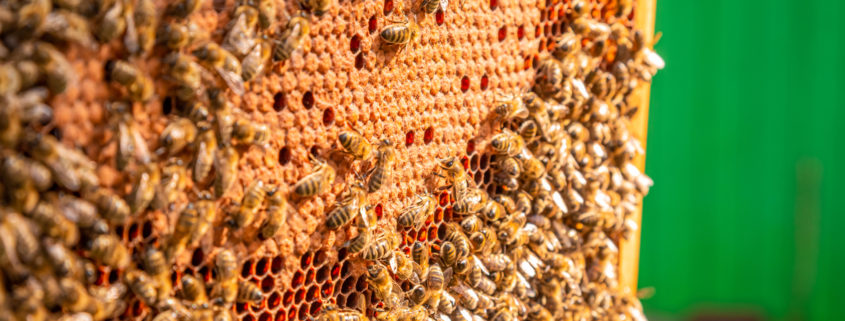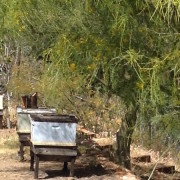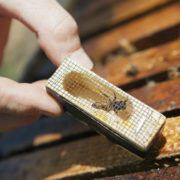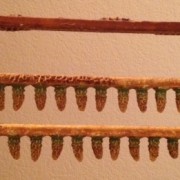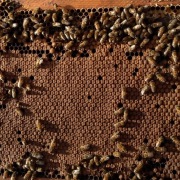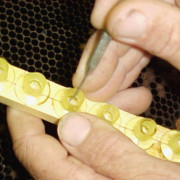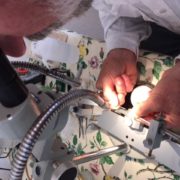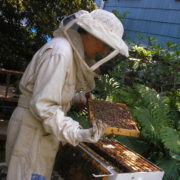Selecting Colonies For Early Season Buildup
During the first week of January, most beekeepers are recovering from the holiday season, watching football, and making plans and resolutions for the new year. However, the majority of beehives throughout the northern hemisphere are doing far much less. At this time of year, most bees remain huddled in their winter clusters, preserving heat and waiting out the remainder of the harsh winter.
At Wildflower Meadows, the majority of our bee colonies have their lowest populations at this time of year. Even in our relatively temperate setting, bees go through their normal annual cycle, albeit with a milder winter shutdown than in most colder climates. Throughout November and December, our queens typically lay a much lower than normal amount of eggs than in the remainder of the year because of the shorter days, long and colder nights, and general lack of forage. As a result, bee populations decline throughout the fall and winter, reaching their lowest point at the beginning of January. This is normal and healthy, as a smaller winter population is more efficient for a typical beehive, with less mouths to feed and less brood to manage.
Here in California, something changes, however, around the first week of January. By some means, the bees get a sense that the winter solstice has passed. Somehow, they get the idea that the January acacia bloom is right around the corner. And, somehow or other, the bees get wind that the almond bloom is now only a month away, with mustard bloom soon to follow. It’s time to get busy!
We notice that it is right around the first week of the new year that many of the Wildflower Meadows’ queens wake up from their winter slumber and launch headstrong into egg laying. All of a sudden, the queens begin laying frames of brood – sometimes entire frames at a time, and as much brood as the population will allow. This is a sign to us that a queen is serious about early season buildup.
Early season buildup is an important and valuable behavioral trait in honeybees. It is important not only for commercial beekeepers who need strong colonies to pollinate early season crops such as almonds and cherries, but also for smaller scale beekeepers who are typically more focused on honey production.
High honey production almost always correlates with early season buildup for two reasons: First, early buildup means that the colony will be strong and lively enough to take advantage of the very earliest portion of the honey flow. This is in comparison to a slow-developing colony that needs to wait for the population to build up before it can fully exploit the earliest blossoms. A slow-building colony might miss the entire early season flow. Secondly, a rapid early season buildup will typically correlate to a larger and more mature foraging population during the later peak portion of spring. A larger population during a honey flow is almost always a key factor in the overall honey totals of a given season.
Most importantly, an early season buildup indicates that the queen is lively. At Wildflower Meadows, this is what we like to see. So, beginning around the first week of January, we head out to our apiaries with pens and pencils, our queen records, and our trusty clipboards to begin taking notes. We grade each and every colony on bee and brood strength. The purpose of this first grade is to establish a baseline of overwintering quality, as well as to detect the first signs of early brood laying. Then we come back a few weeks later and grade the same colonies again to see how seriously the individual queens are taking early season buildup. We take note of the colonies that scored well on both accounts, particularly noting the colonies that rapidly gained in population. These colonies then become candidates for breeding and drone rearing colonies. Of course, these colonies still need to pass other important criteria, such as testing for temperament and mite resistance, but their display of early season buildup is duly noted. Thus, these colonies are leading candidates for continued Wildflower Meadows’ breeding.

